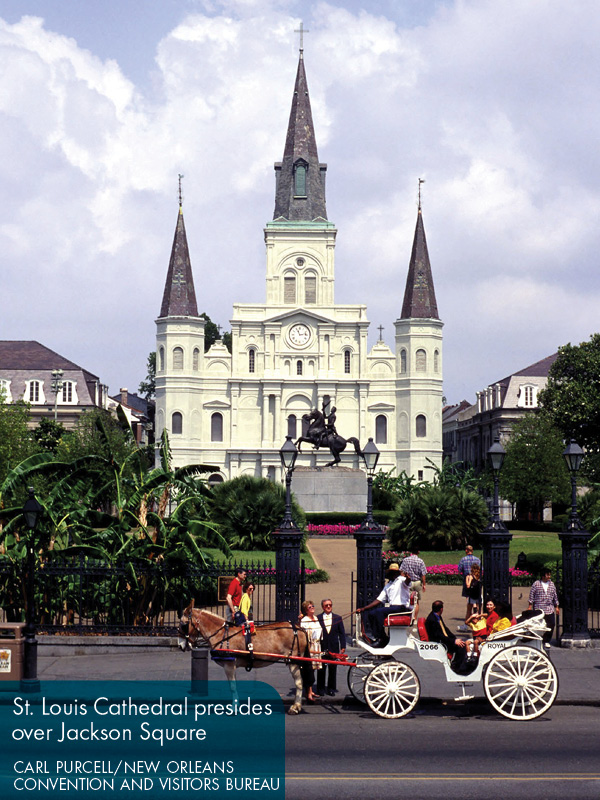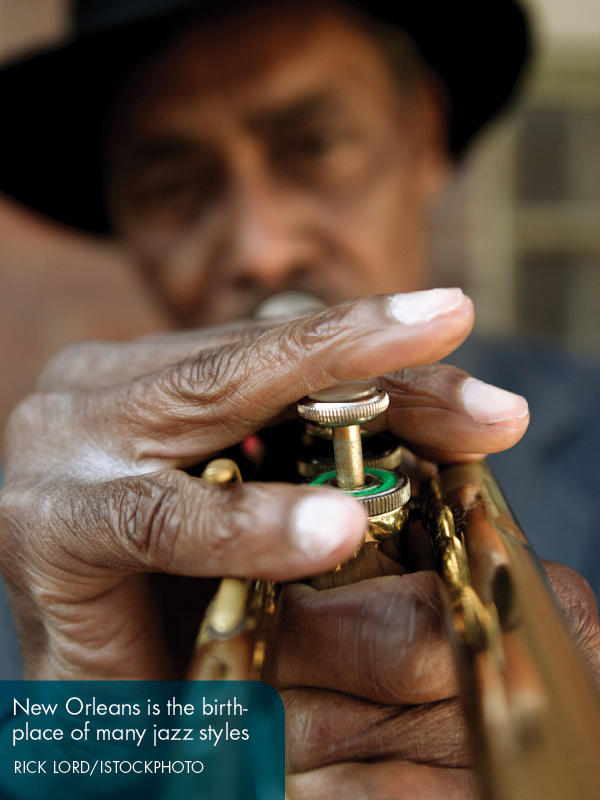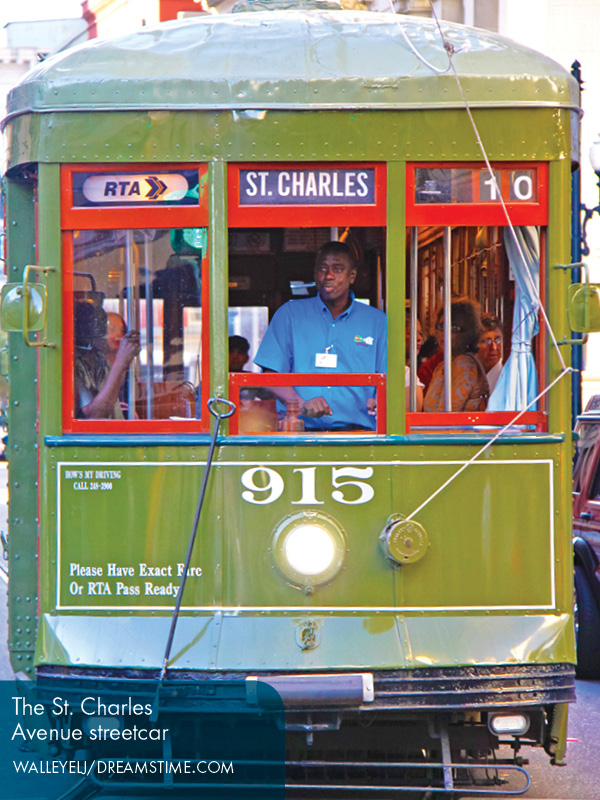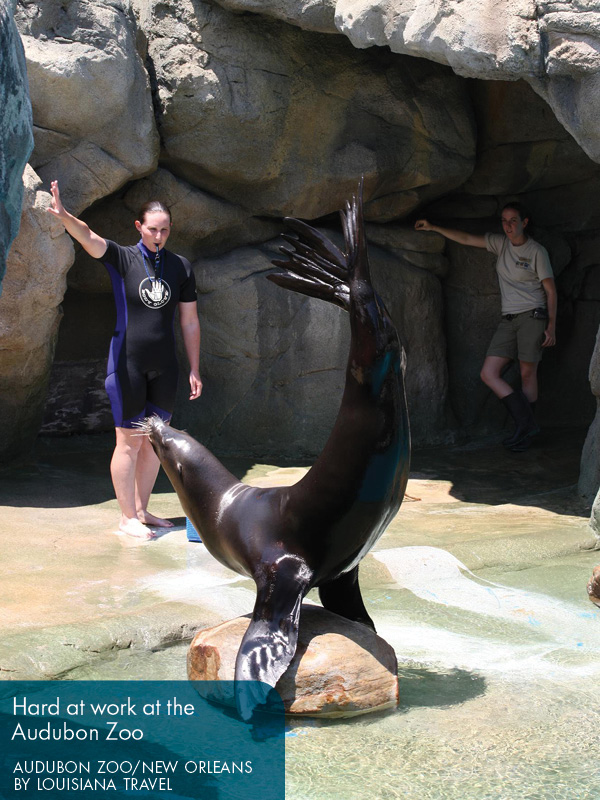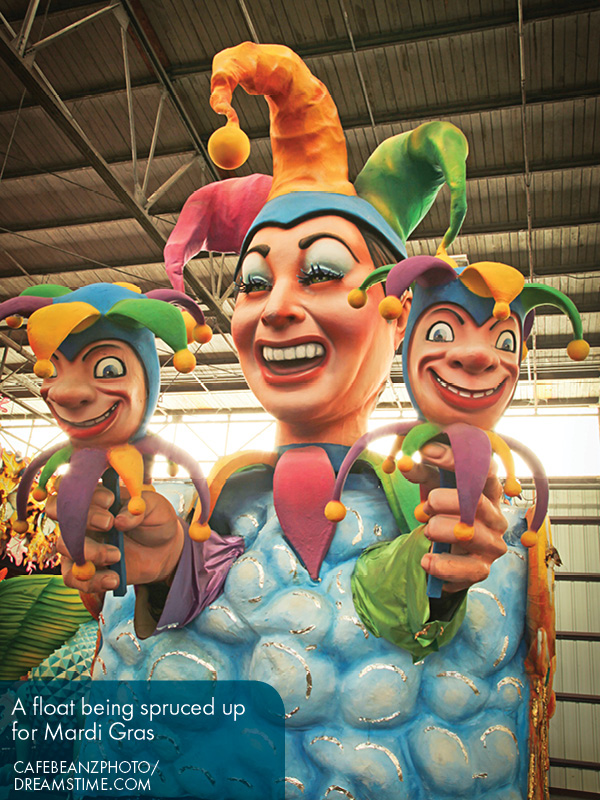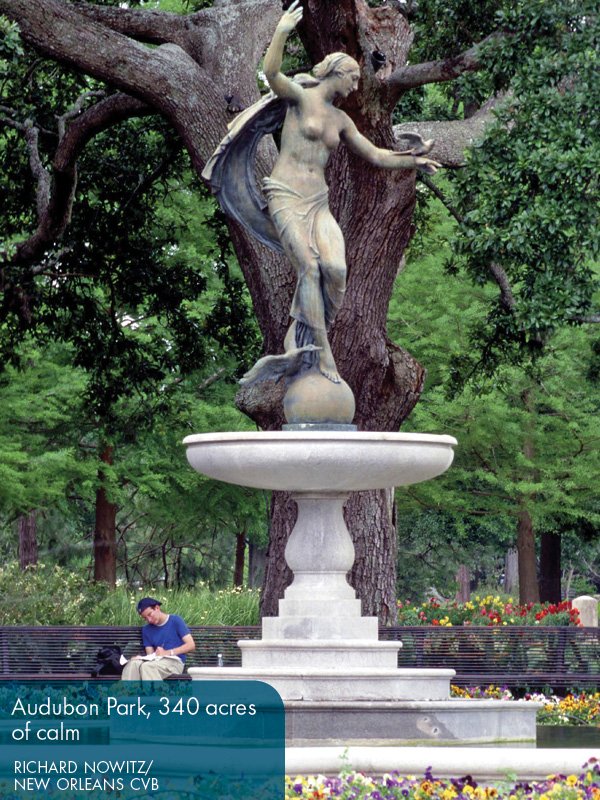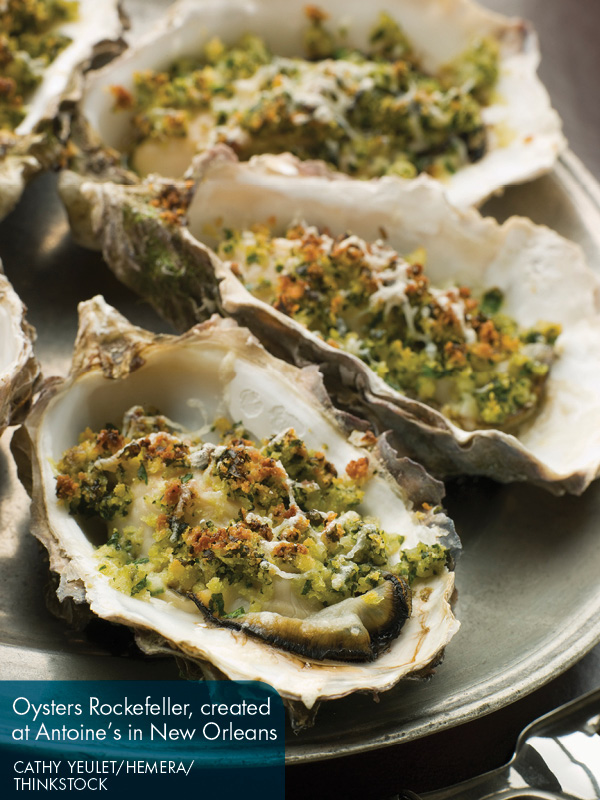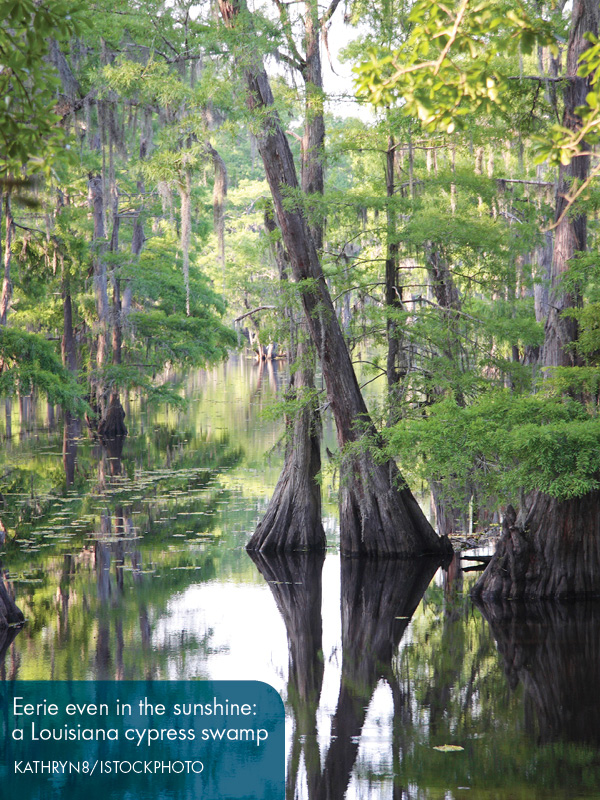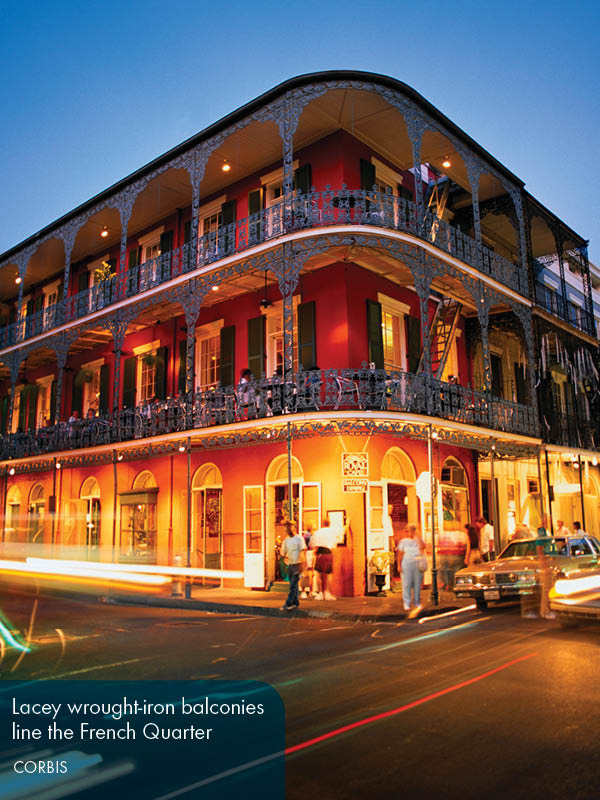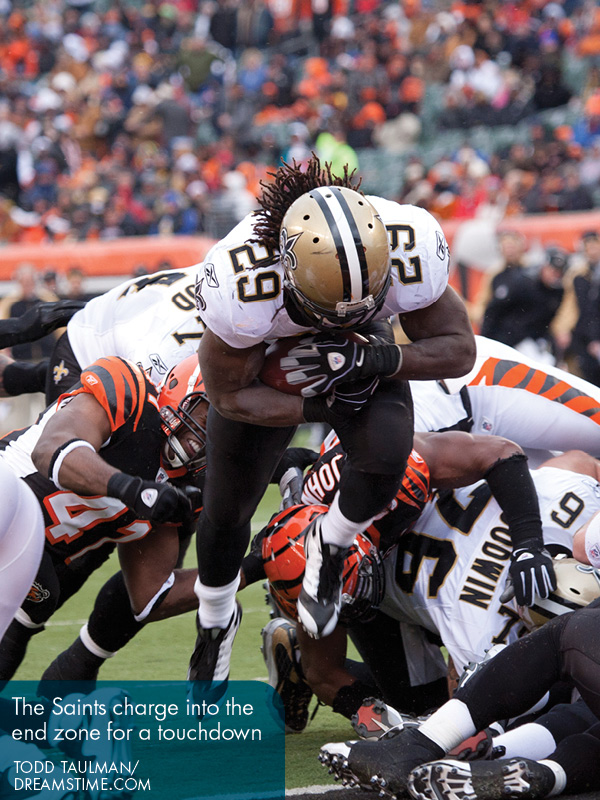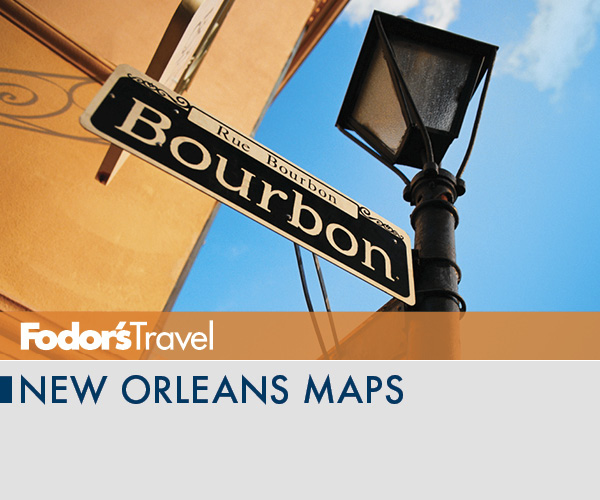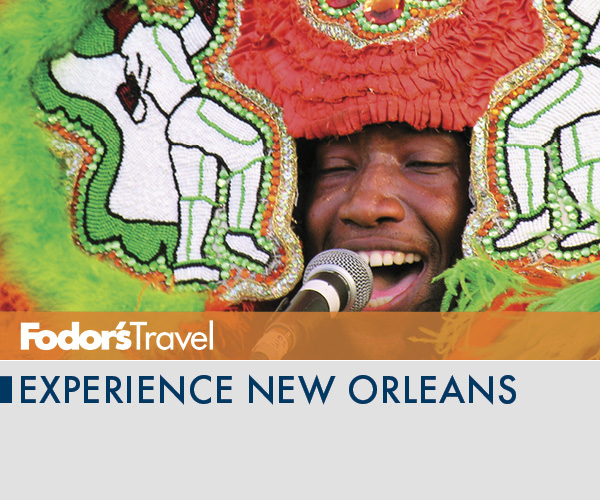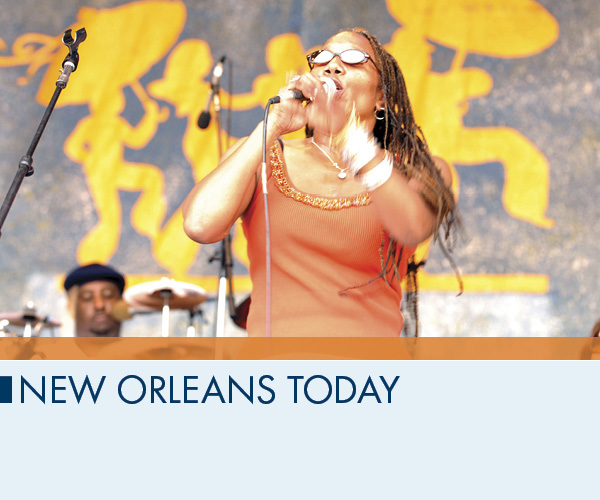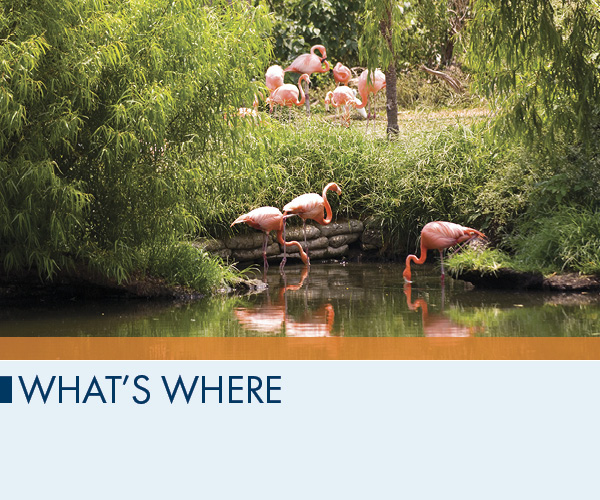New Orleans is the ultimate urban illustration of the Japanese concept wabi-sabi (literally perfect-imperfect). Like a sidewalk buckling under oak roots or bricks showing through a cumbling plaster wall, sometimes things are even more special when they are just a little bit broken. New Orleans is perfect in its sheer persistence; this comeback citys longevity, incredible heritage and history, and unwavering determination to live on and let the good times roll are what make it so endearingand so easy to return to again and again.
A Highly Unique American City. It sounds like a tourist-brochure clich, but its true: New Orleans feels out of step with the rest of the country. It may be due in large part to geography. This port city has seen an influx of many, many cultures over the course of its history. It welcomes diversity and tolerates lifestyles that deviate from the norma big reason artists and other creative types have long put down roots here. And the fact that the city lies mostly below sea level lends it a certain fatalism, which may unconsciously inspire the classic New Orleans live for today attitude.
Chock Full of Tradition and Ritual. Red beans and rice on Monday, St. Josephs altars, jazz funerals, a Christmas visit to Mr. Bingle in City ParkNew Orleans is a destination steeped in tradition, its unique customs carefully guarded for more than a century. Take Mardi Gras, for example: some of the parading organizations, known as krewes, have been around for more than 150 years, building elaborate floats annually and parading through the streets in masks. The Mardi Gras Indian tradition is shrouded in secrecy and ritual, with tribes of mostly African American revelers spending months constructing fanciful, Native Americaninfluenced costumes in tribute to actual tribes that once helped escaped slaves find freedom.
A Budding Reputation as Hollywood South. Or thats how it seems these days, with multiple film projects going on at any given moment. The scenic backdrop is one reason for all the activity; generous tax credits and a growing local film industry are the other drivers behind what civic boosters have dubbed Hollywood South. Movies and shows filmed here recently include HBOs Treme, Quentin Tarantinos Django Unchained, FXs American Horror Story, and Bravos Top Chef: New Orleans.
Navigating the Road to Recovery. Ten years after Katrina hit the city, the areas where tourists tend to wanderdowntown, the riverfront, the French Quarter, Faubourg Marigny, the Warehouse District, and the Garden District/Uptownall show little outward sign of floodwater devastation. But predominantly residential areas like parts of east New Orleans and the Lower Ninth Ward are still recovering. As of July 2012, Census Bureau estimates indicated that the citys population was still 81% of what it had been before the storm.
Firmly Back on Track. Popular Mayor Mitch Landrieu, who won an easy re-election in 2014, has made great strides toward getting the city back on track, including a makeover of the citys school system that could become a national model. He hasnt done it alone, though. Grassroots recovery programslike the Ninth Wards George Washington Carver High School sports program, Brad Pitts Make it Right housing-renewal program, the New Orleans Hope and Heritage Project, and Tipitinas Foundation for musicianscontinue to be bright spots. And a recent influx of Millennials are working for nonprofits, teaching, and starting innovative businesses.
Hopeful for the Future. New Orleans has survived an insane number of fires, floods, epidemics, and scandals since its founding in 1718. There are many encouraging signsnew buildings, streetcar lines, restorations, festivalsthat even Hurricane Katrina couldnt keep this amazing city down. But questions remain: the repaired levees held fast against 2012s Hurricane Isaac, but will they withstand an even larger storm? Will New Orleans move past its political scandals, crime, and the ills of urban poverty? Despite the many fortune-tellers plying their trade on Jackson Square, no one knows for sure what the future holds for the Crescent City.
The French Quarter. The geographic and cultural heart of the city since the early 1700s, the Quarter is a vibrant commercial and residential hodgepodge of wrought-iron balconies, inviting courtyards, antiques shopsand, of course, rowdy Bourbon Street bars. Elsewhere in the Quarter, youll find fine dining and fabulous local music.
Faubourg Marigny, Bywater, and Trem. The Faubourg Marigny is home to restored Creole cottages and famous Frenchmen Street, lined with music clubs, restaurants, and bars. Bywater has gentrified somewhat, but retains its working-class credentials, with a burgeoning arts scene and an influx of hipster professionals. Trem, the cradle of jazz and second-line parades, fell into decline but is back on the map.
CBD and Warehouse District. The citys trendy urban area is undergoing a building boom; most of the newer hotels are clustered here, near Canal Street or the sprawling Ernest N. Morial Convention Center. There also are museums, art galleries, fine restaurants, and a casino.
The Garden District. Stunning early-19th-century mansions make this a great neighborhood for walking, followed by an afternoon browsing the shops and cafs along ever-evolving Magazine Street. Take the streetcar for a gander at massive and stately St. Charles Avenue homes.



